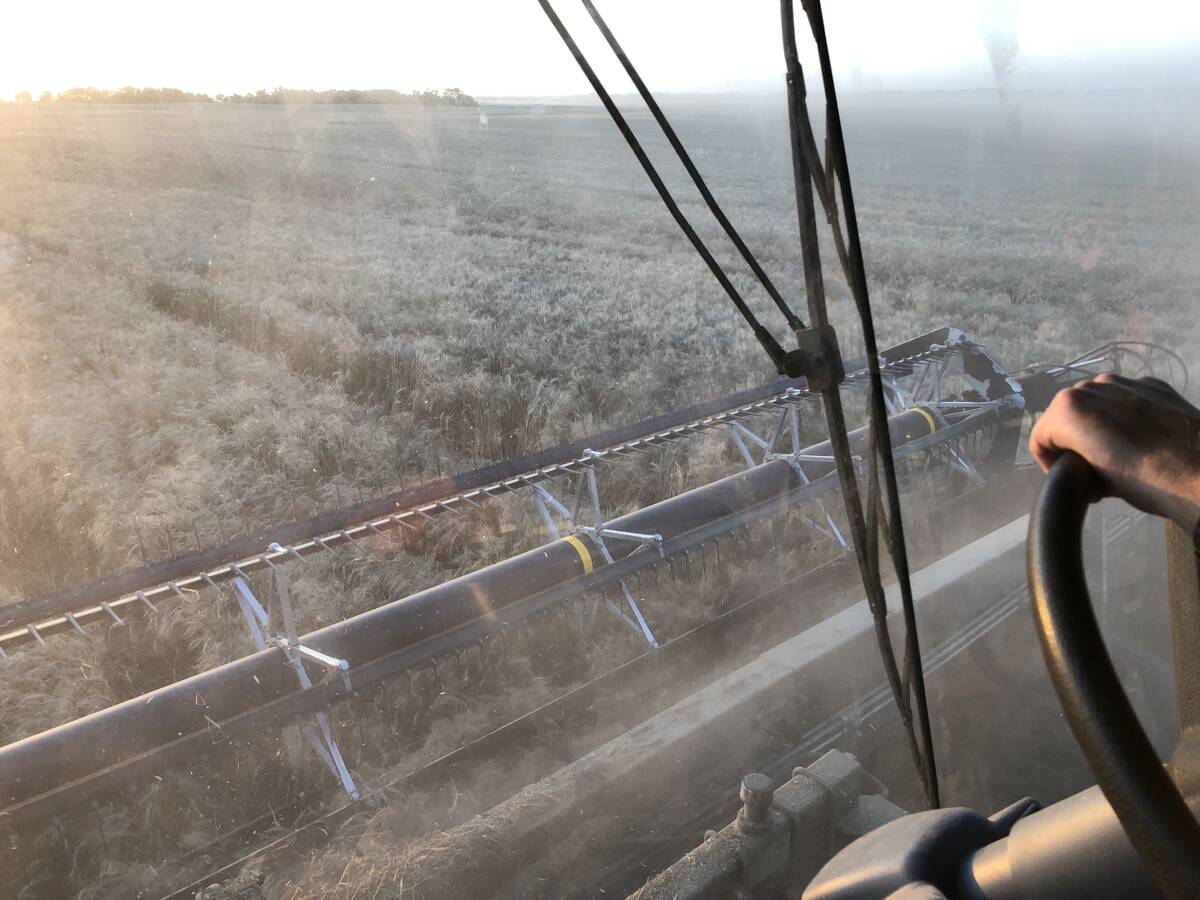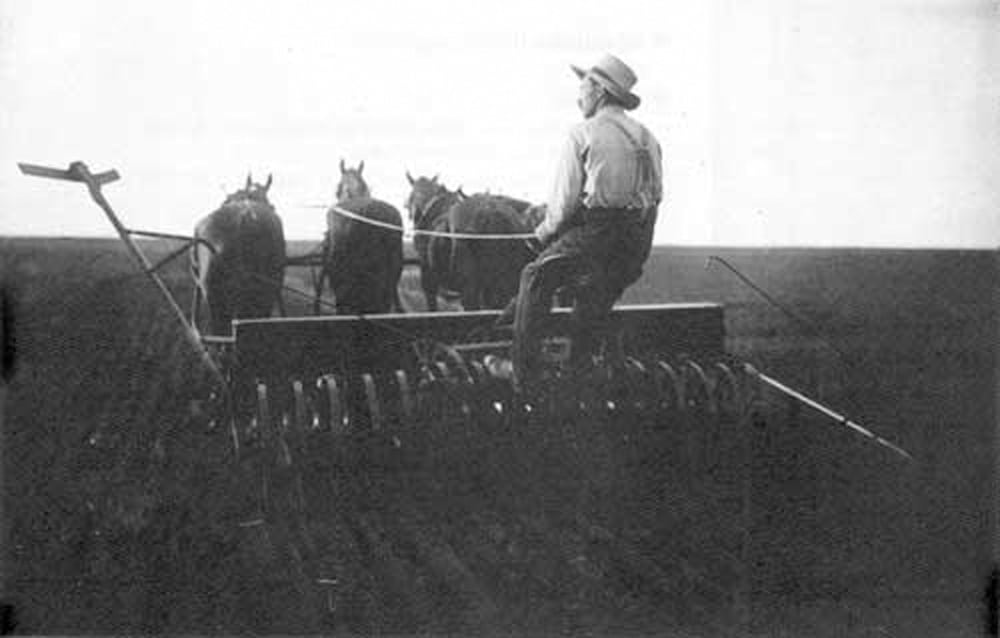The latest model of the Melroe Spra-Coupe was featured in this ad in our Dec. 9, 1993 issue. It contained the final Statistics Canada crop estimate for that year — the good news was that total Prairie production was up six per cent to 51 million tonnes. The bad news was that despite a “washout” in Manitoba, production was down 28 per cent from the previous year and 12 per cent below the 10-year average. That was the year Manitoba wheat growers were dealing with large quantities of then-called “sample account tombstone.” There were concerns about the toxicity of the fusarium-infected wheat, especially since much of the U.S. crop had been burned and received crop insurance. At a meeting in Altona, wheat board officials said they were not currently buying wheat with more than five per cent tombstone, but were looking at options including cleaning at Thunder Bay.
Read Also

UPDATED: Mail strike disrupts grain sample delivery
The Canadian Grain Commission has asked farmers to consider delivering harvest samples directly to CGC offices, services centres or approved drop offs as Canada Post strike delays mail.
In that issue we reported extensively on information received under an access-to-information request regarding the Canadian Grain Commission’s decision to pay producers 75 per cent of what was owed to them following the bankruptcy of Klemmer Seeds in Rosetown, Sask. The company was not licensed by the commission, and the payments were for canary seed, which was not covered under the Canada Grain Act. The company was in the riding of former Conservative agriculture minister Bill McKnight, raising concern that the government had influenced the decision.
In the “he got that partly right” department, an economist for A.C. Toepfer said the former Soviet Union countries — until recently, massive importers — might become self-sufficient in wheat by 2000, but might still need imports of 10 million tonnes. They are now the world’s largest exporter.















